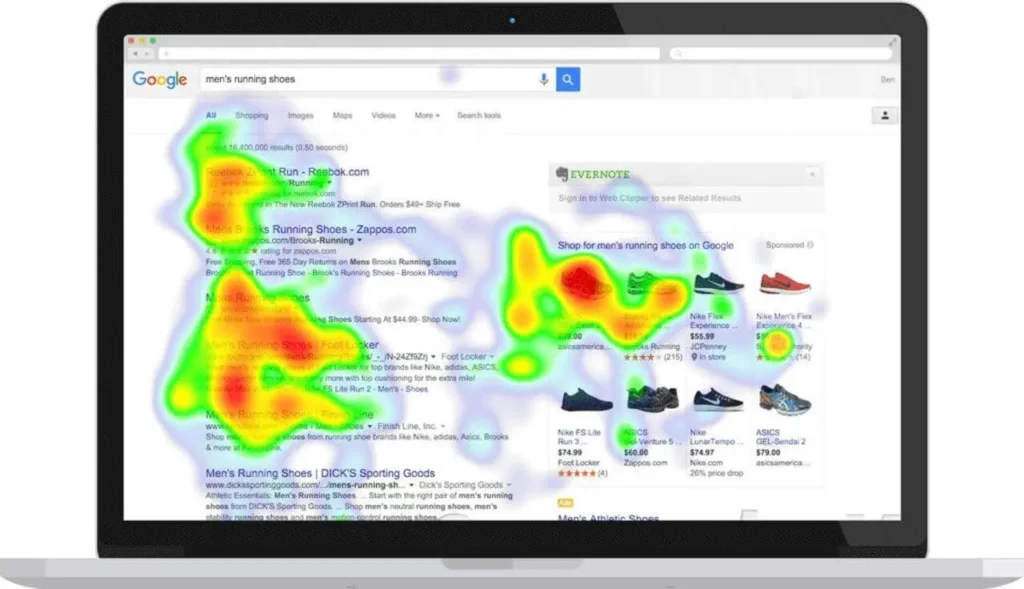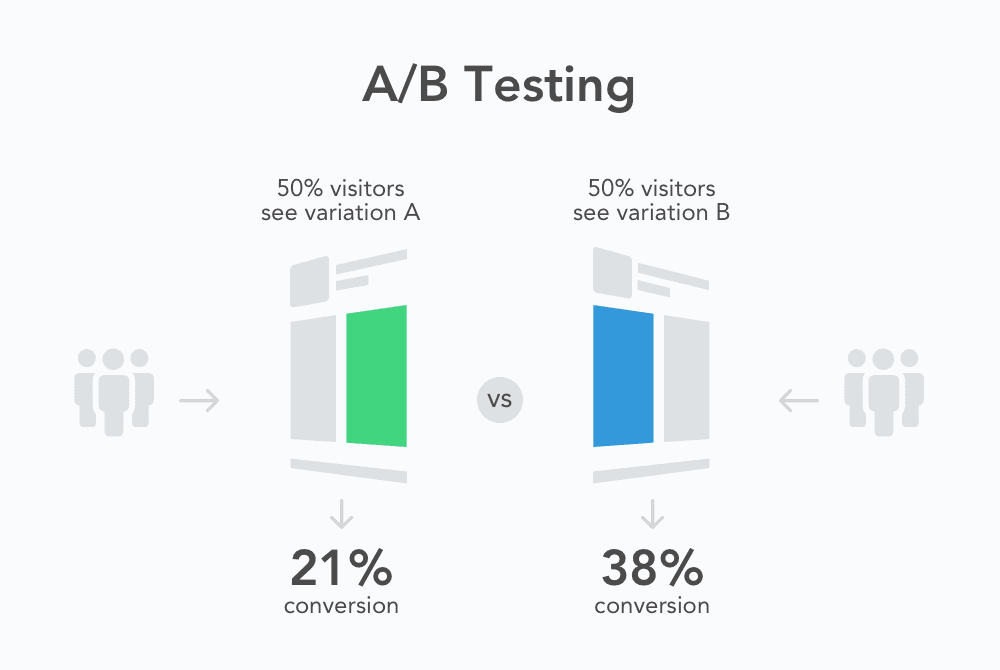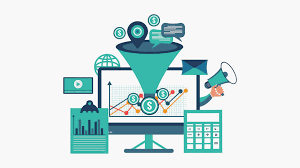In the competitive world of ecommerce, attracting visitors to your website is just the first step—converting those visitors into loyal customers is where the real challenge lies. Conversion Rate Optimization (CRO) software has become an essential tool for online businesses looking to maximize their sales and enhance the user experience. By analyzing visitor behavior, testing different strategies, and personalizing interactions, CRO solutions help turn casual browsers into eager buyers. In this blog post, we’ll explore the top CRO software options available for ecommerce websites, highlighting their features, benefits, and how they can help you boost your sales and grow your business effectively.
1. Understanding Conversion Rate Optimization (CRO)
Conversion Rate Optimization (CRO) is a crucial strategy for any ecommerce website looking to maximize its sales and improve overall performance. At its core, CRO involves analyzing how visitors interact with your site and making data-driven changes to encourage more of them to take desired actions—whether that’s making a purchase, signing up for a newsletter, or adding items to their cart. Unlike simply driving more traffic, CRO focuses on enhancing the effectiveness of your existing visitors by removing obstacles, improving user experience, and creating persuasive calls-to-action. By continuously testing different elements such as headlines, product pages, checkout processes, and website layouts, businesses can identify what resonates best with their audience. Understanding and implementing CRO not only increases your conversion rates but also boosts customer satisfaction and loyalty, ultimately leading to sustained revenue growth.
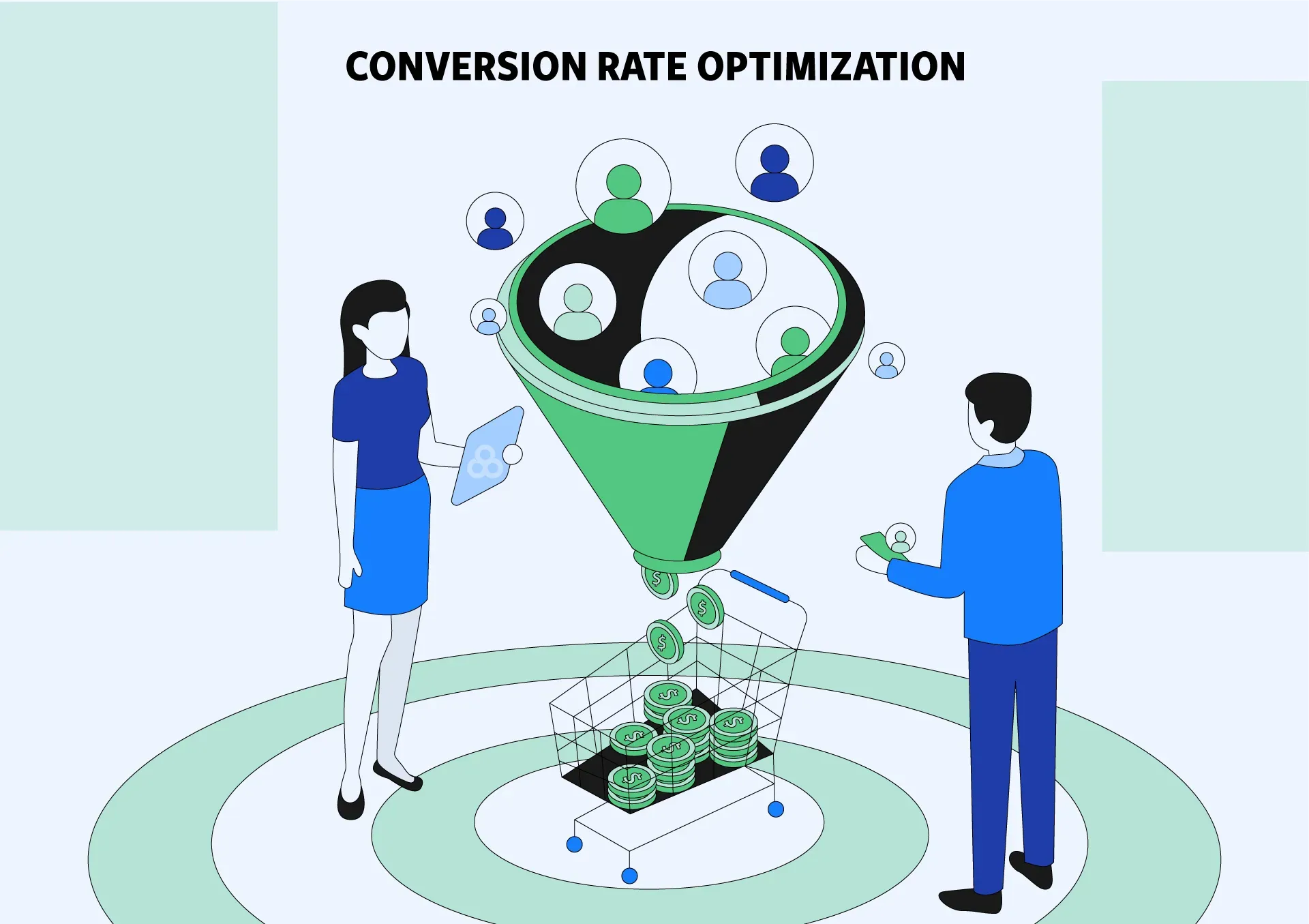
2. Key Features to Look for in CRO Software
When selecting Conversion Rate Optimization (CRO) software for your ecommerce website, it’s crucial to focus on features that directly impact your ability to understand user behavior and enhance the shopping experience. One of the most important features to look for is A/B testing capabilities , which allow you to compare different versions of your webpage to see which performs better. A robust CRO tool should also offer heatmaps and session recordings, helping you visualize how visitors interact with your site, identify friction points, and uncover opportunities for improvement.
Another key feature is personalization options, enabling you to tailor content and offers based on user segments, increasing relevance and engagement. Integration with your existing analytics platforms and ecommerce tools is essential for seamless data flow and comprehensive insights. Additionally, look for software that provides real-time analytics and reporting, so you can monitor campaign performance and make data-driven decisions quickly. Finally, ease of use and a user-friendly interface ensure that your team can efficiently implement changes without a steep learning curve. By prioritizing these features, you can choose CRO software that empowers you to boost conversions and maximize your ecommerce sales.
3. Top CRO Software Solutions for Ecommerce Websites
When it comes to boosting sales on your ecommerce website, optimizing the user experience is key—and that’s where Conversion Rate Optimization (CRO) software comes into play. These powerful tools help you analyze visitor behavior, test different versions of your site, and implement changes that encourage more visitors to convert into paying customers. Some of the top CRO software solutions for ecommerce websites include Optimizely, VWO (Visual Website Optimizer), Hotjar, and Crazy Egg. Optimizely offers robust A/B testing capabilities that allow you to experiment with various design elements and track which versions drive higher conversions. VWO provides a comprehensive suite of features including heatmaps, session recordings, and funnel analysis, giving you deep insights into how users interact with your site. Hotjar focuses on user behavior analytics with heatmaps and feedback polls, helping you understand pain points and optimize accordingly. Crazy Egg offers easy-to-understand visual reports and A/B testing tools to identify and fix barriers to conversion. By leveraging these CRO solutions, ecommerce businesses can make data-driven decisions to enhance website performance, improve user engagement, and ultimately increase sales.
4. How to Choose the Right CRO Tool for Your Business
Choosing the right Conversion Rate Optimization (CRO) tool for your ecommerce business is a crucial step toward maximizing your sales and enhancing user experience. With a plethora of options available, it’s important to evaluate your specific needs before making a decision. Start by identifying your primary goals—whether it’s improving website layout, conducting A/B testing, personalizing user experiences, or analyzing customer behavior. Consider the ease of integration with your existing ecommerce platform and any other marketing tools you use. Additionally, look for user-friendly interfaces that make it simple to set up and monitor experiments without requiring extensive technical knowledge. Pricing is another key factor; some CRO tools offer scalable plans suitable for small businesses, while others are geared toward larger enterprises with advanced features. Finally, read user reviews and request demos to get a hands-on feel for the tool’s capabilities. By carefully assessing these factors, you can select a CRO solution that aligns perfectly with your business objectives and helps drive meaningful growth.
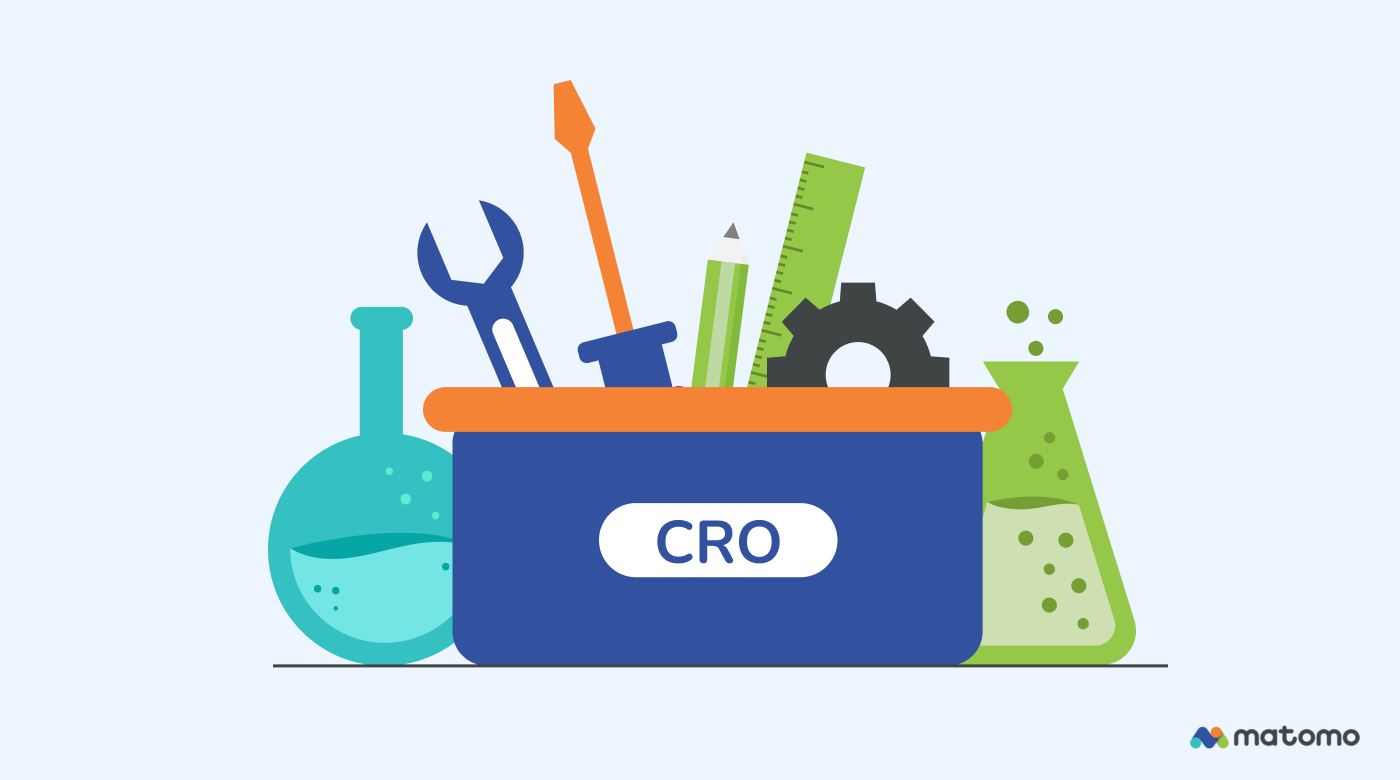
5. Implementing CRO Strategies with Software
Conversion Rate Optimization (CRO) is essential for turning your ecommerce visitors into paying customers, and leveraging the right software can make this process significantly more effective and efficient. CRO software solutions provide powerful tools that allow you to analyze user behavior, run A/B tests, personalize shopping experiences, and identify bottlenecks in your sales funnel. By implementing these strategies with dedicated software, you gain insights into what works best for your audience, enabling data-driven decisions rather than guesswork.
For example, heatmaps and session recordings help you visualize how visitors interact with your website, pinpointing areas where users might be dropping off or encountering friction. Meanwhile, A/B testing tools allow you to experiment with different elements like call-to-action buttons, product descriptions, or page layouts to see which variations yield higher conversions. Many CRO platforms also offer personalization features, tailoring content and offers based on visitor demographics or browsing history, which can significantly increase engagement and sales.
The key to successfully implementing CRO strategies with software lies in continuous testing and optimization. Start by identifying key pages or steps in your checkout process that have high exit rates. Use your CRO tools to hypothesize changes, test them rigorously, and analyze the results. Over time, these incremental improvements compound, leading to a smoother customer journey and increased revenue. By integrating CRO software into your ecommerce operations, you not only boost conversions but also gain a competitive edge in the crowded online marketplace.
6. Measuring Success: Tracking Improvements in Conversion Rates
Measuring success is a crucial step in any Conversion Rate Optimization (CRO) strategy. Without tracking improvements, it’s impossible to know which changes are making a real impact on your ecommerce website’s performance. The first step in measuring success is to establish clear benchmarks and key performance indicators (KPIs) before implementing any CRO software or strategies. Common KPIs include overall conversion rate, average order value, bounce rate, and cart abandonment rate.
Once you’ve set your benchmarks, use analytics tools integrated with your CRO software to monitor these metrics continuously. Many top CRO platforms offer built-in A/B testing capabilities that allow you to compare different versions of your website and identify which elements drive higher conversions. Additionally, heatmaps and session recordings can provide valuable insights into user behavior, helping you understand how visitors interact with your site.
Regularly analyzing this data enables you to make informed decisions, fine-tune your optimization efforts, and demonstrate tangible results to stakeholders. Remember, tracking improvements isn’t a one-time task but an ongoing process that ensures your ecommerce site keeps evolving to meet customer needs and maximize sales. By diligently measuring your conversion rate improvements, you set the foundation for sustained growth and long-term success.
7. Common CRO Mistakes to Avoid When Using Optimization Tools
When leveraging Conversion Rate Optimization (CRO) software to boost your ecommerce sales, it’s crucial to be aware of common pitfalls that can hinder your progress. One of the biggest mistakes is relying solely on tools without a clear strategy. CRO software provides valuable data and testing capabilities, but without defining your goals and understanding your audience, you risk making changes that don’t align with your customers’ needs. Another frequent error is running multiple tests simultaneously without proper segmentation, which can lead to inconclusive or misleading results. It’s important to test one variable at a time to accurately determine what drives conversions. Additionally, many ecommerce businesses overlook the significance of continuously monitoring results; optimization is an ongoing process rather than a one-time fix. Lastly, ignoring mobile optimization can severely impact your conversion rates, as a significant portion of ecommerce traffic comes from mobile devices. Avoiding these mistakes will help you make the most of your CRO tools and create a smoother, more effective path to increasing your sales.
8. Future Innovations in CRO Software and Ecommerce Optimization
As ecommerce continues to evolve at a rapid pace, Conversion Rate Optimization (CRO) software is poised to undergo significant advancements that will further enhance online shopping experiences and boost sales. Future innovations in CRO software are expected to leverage cutting-edge technologies such as artificial intelligence (AI) and machine learning to deliver hyper-personalized user experiences. Imagine CRO tools that can analyze real-time customer behavior, predict purchasing intent, and automatically tailor website elements—from product recommendations to dynamic pricing—to maximize conversions.
Beyond personalization, the integration of augmented reality (AR) and virtual reality (VR) within CRO platforms promises to revolutionize how customers interact with ecommerce sites. These immersive technologies can allow shoppers to virtually try products, enhancing confidence and reducing return rates, ultimately driving higher conversion rates. Additionally, voice search optimization and conversational AI chatbots are set to become integral components of CRO strategies, facilitating seamless and intuitive customer interactions.
Moreover, future CRO software will likely offer deeper insights through advanced analytics dashboards that synthesize vast amounts of data into actionable recommendations, helping ecommerce businesses make smarter, data-driven decisions. As privacy regulations tighten, innovative CRO solutions will also need to balance personalization with user privacy, utilizing secure, consent-based data collection methods.
In summary, the future of CRO software lies in smarter, more adaptive, and immersive tools that not only optimize conversion rates but also create engaging, personalized, and trustworthy shopping experiences. Ecommerce businesses that stay ahead by adopting these innovations will be well-positioned to boost sales and build lasting customer relationships in an increasingly competitive market.

If you found this article helpful and need help with your website conversion, contact us for a FREE CRO Audit


